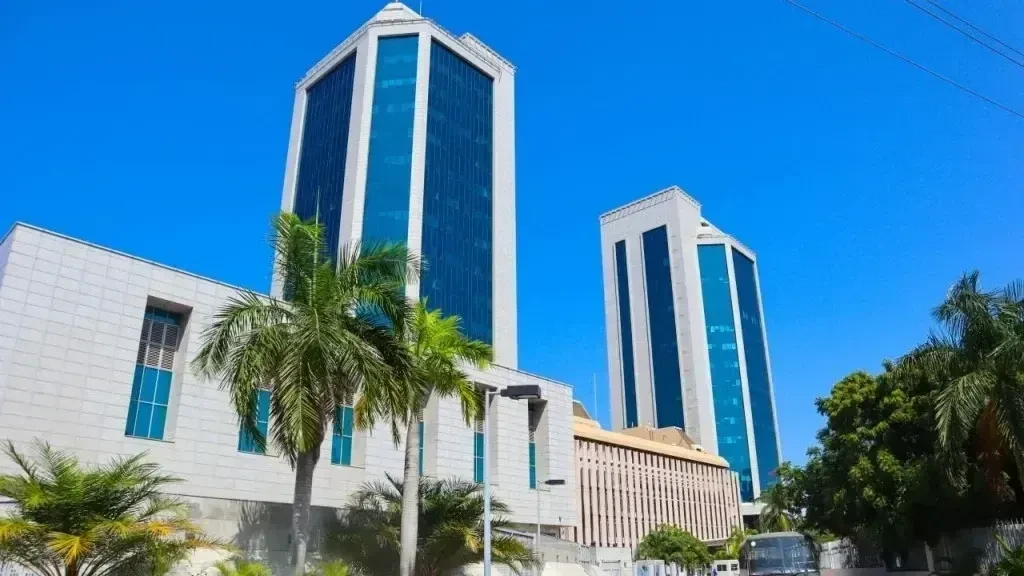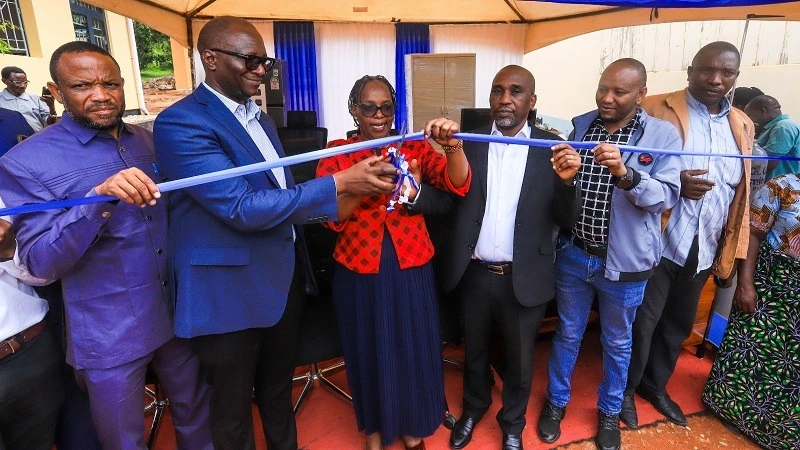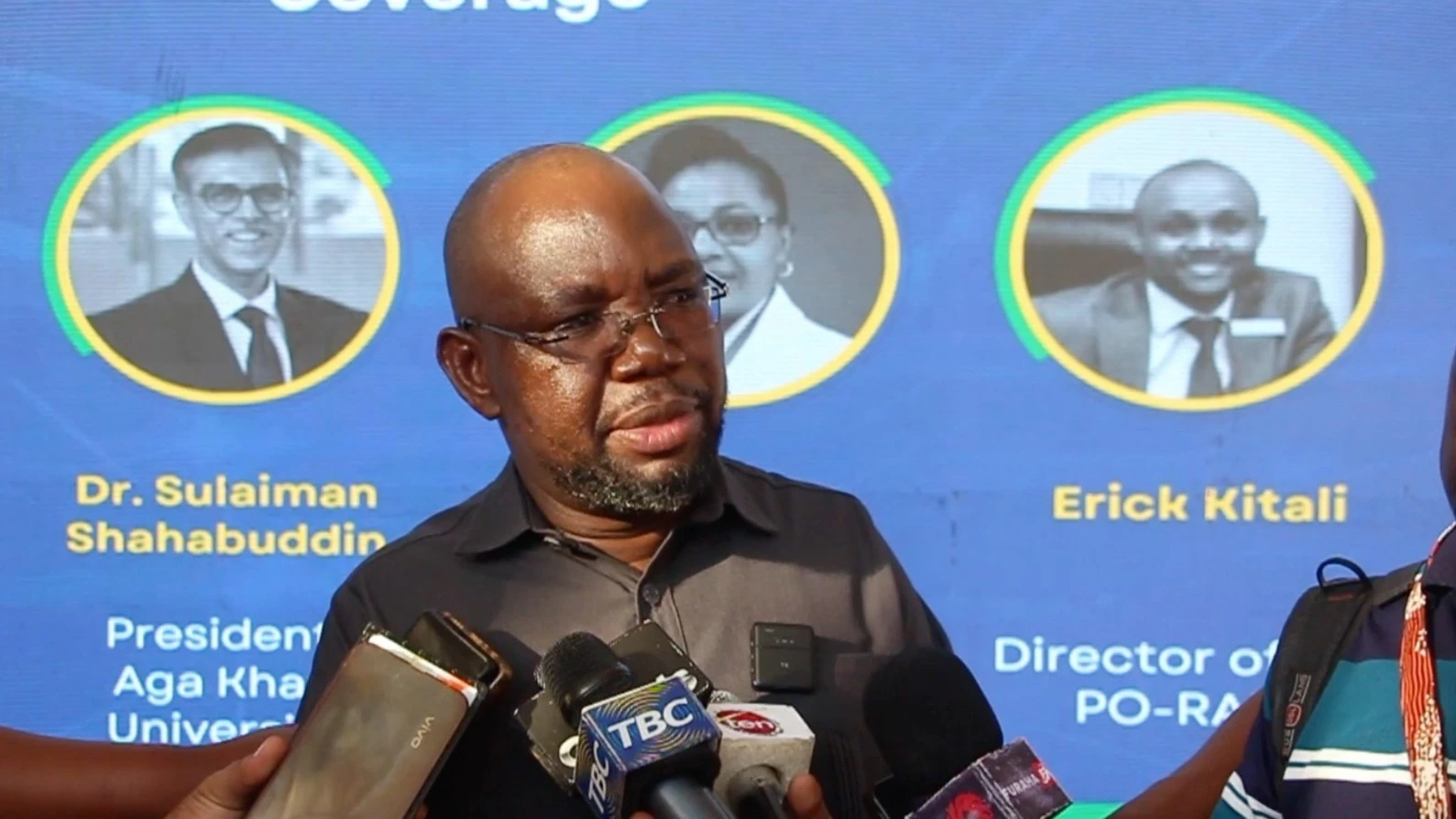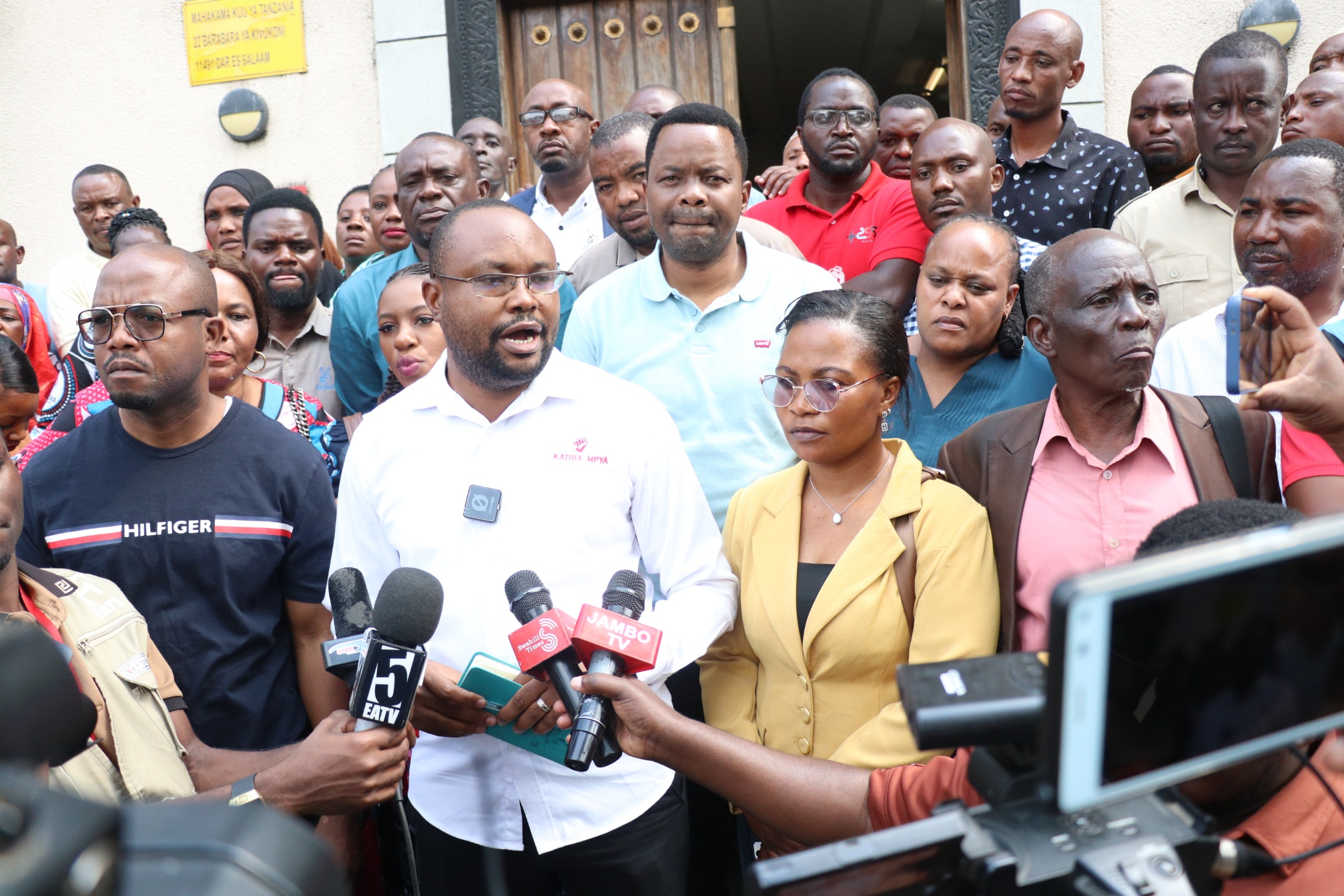BoT sets stress assistance modality, wants exposure

BANKS and financial institutions that are solvent, viable and meet the minimum capital adequacy ratio set by the central bank will qualify for emergency assistance from the Bank of Tanzania (BoT).
Emmanuel Tutuba, the BoT governor, made this affirmation at a briefing yesterday, unveiled a comprehensive emergency liquidity assistance (ELA) framework to provide short-term liquidity support to banks and financial institutions experiencing temporary financial pressures.
The design is intended to safeguard the stability of the country’s financial system, he said of the guidelines set out towards the end of last month, indicating the procedures, eligibility criteria and conditions under which the central bank may extend emergency funding to institutions facing liquidity constraints.
He said the move is intended to prevent temporary liquidity challenges from escalating into wider systemic risks, affirming that the ELA framework is designed to ensure that solvent banks and financial institutions facing temporary cash flow pressures can meet their obligations without undermining public confidence or triggering financial instability.
Eligible institutions include domestic systemically important banks as identified by BoT, plus other banks whose failure could erode public trust or pose a high contagion risk, he stated, underlining that before applying for ELA, banks are required to demonstrate that they have exhausted all other funding options, including interbank borrowing or support from parent companies.
Applications must be accompanied by extensive documentation, including a board resolution verifying solvency, a liquidity contingency plan, financial statements, a detailed list of maturing obligations and customer deposits, apart from a funding plan showing how the liquidity assistance will be used, the governor indicated.
ELA facilities must be fully collateralized, with the Bank of Tanzania retaining discretion over the type, valuation and haircut applied to collateral, with experts saying that a haircut is expressed as the percentage deduction from the market value of collateral (e.g.2.0 percent.
It rakes note of an initial margin as the initial market value of collateral expressed as a percentage of the purchase price (e.g.105 percent) or as a simple ratio (e.g. 105:100), while collateral is basically supposed to be free of credit and liquidity risks
Eligible collaterals include government securities, corporate bonds, secured loans, deposits with other banks and other marketable or non-marketable assets, while legal arrangements ensure the BoT has priority over pledged assets in case of default, while the applicant bank remains responsible for managing collateral, he explained.
Institutions accessing ELA are prohibited from using the funds to pay dividends, bonuses, salary increments or related-party transactions, using the facility exclusively to honour customer withdrawals and meet maturing non-capital obligations, he said, affirming that failure to comply may result in intensified supervision and additional restrictions.
“The facility is priced at the Lombard rate plus 100 basis points, and the maturity of the loan generally does not exceed three months, although extensions may be granted at BoT’s discretion. Institutions may also apply for renewal, which will be considered on a case-by-case basis,” he stated.
The framework also addresses subsidiaries of foreign banks, requiring parent institutions to guarantee full exposure. The central bank coordinates directly with the home supervisor of the parent bank to ensure that all ELA lending is appropriately monitored and managed, he specified.
“To reinforce accountability, beneficiary banks must submit a liquidity restoration plan within seven working days of receiving ELA, detailing expected cash flows and measures to restore normal liquidity,” he added.
Top Headlines
© 2025 IPPMEDIA.COM. ALL RIGHTS RESERVED






















